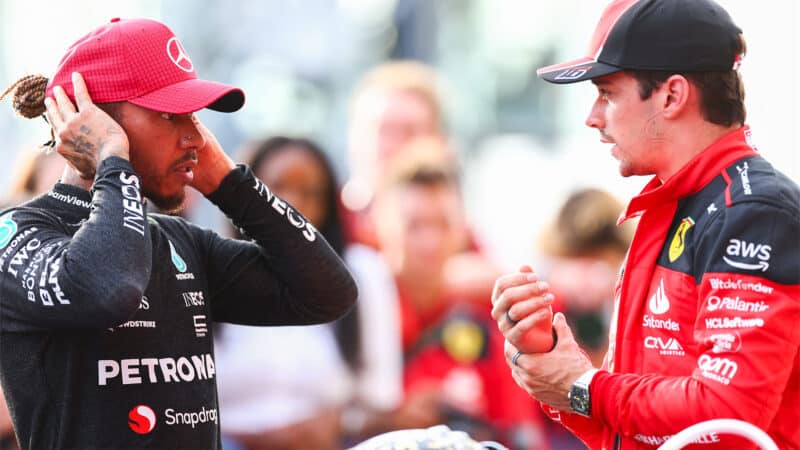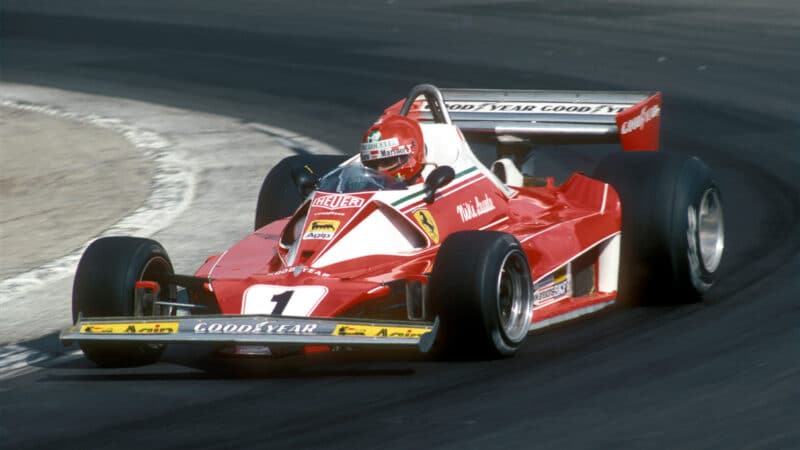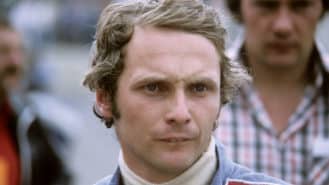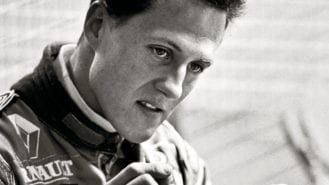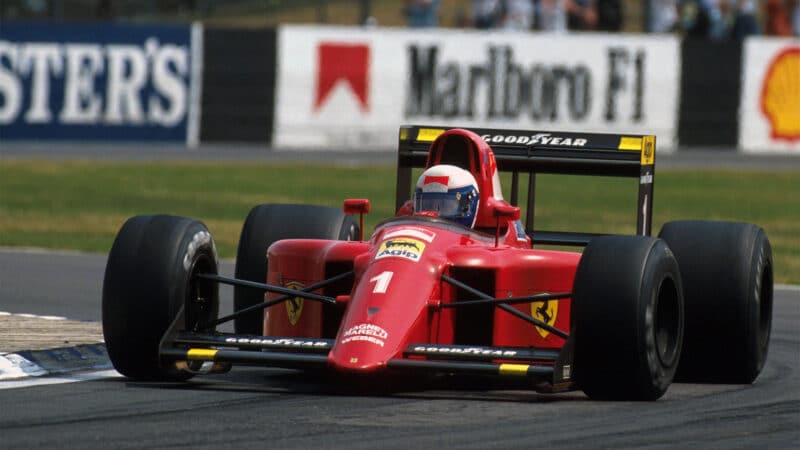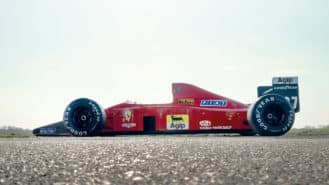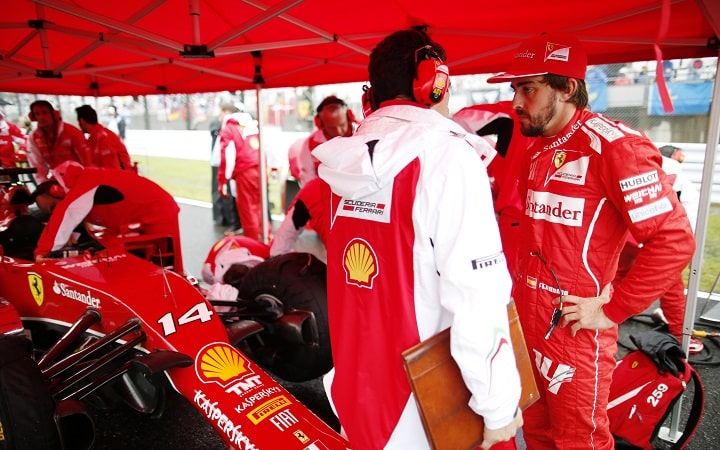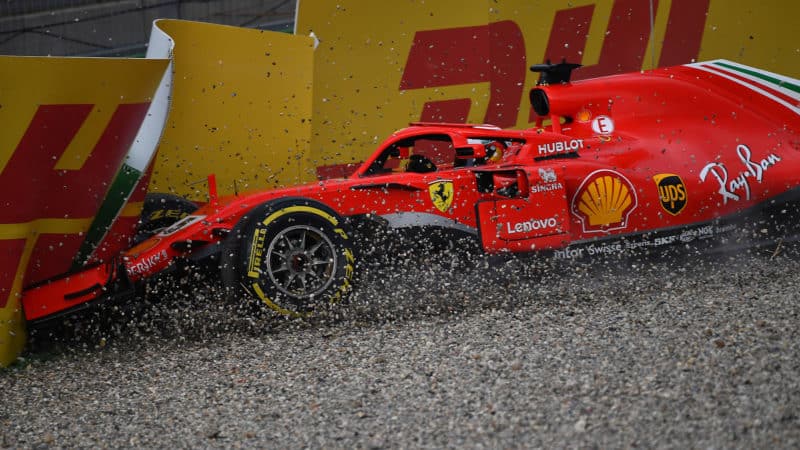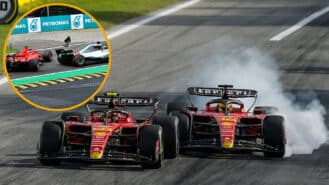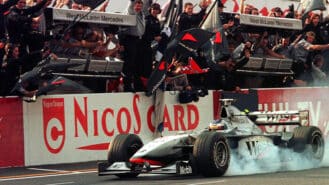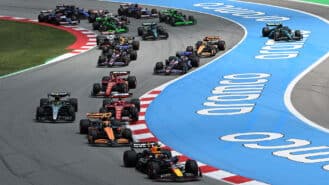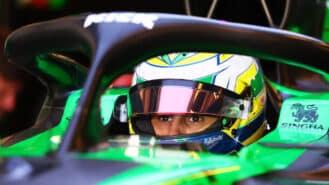However, Lauda briefly wrestling his P160E up to second at the start of the ’73 British GP had persuaded Enzo that the Austrian was the way to go, after positive noises from sole Scuderia driver Clay Regazzoni.
“It was he [Regazzoni] who encouraged me in my choice of the racer I had been considering since the British Grand Prix to fill a gap in the team for 1974,” said Enzo afterwards.
And so it was. Lauda came in like a whirlwind: “When I first drove the B3 at Fiorano I told Piero Lardi, who was translating for his father Mr Ferrari, that the car was shit. Piero nervously told me that I really should pull my punches.
“So I said that it had too much understeer, which it did. So Mr Ferrari told me that I had a week in which to lap one second faster round Fiorano, otherwise I was out. So we made the modifications and delivered the result. It was a piece of cake, actually.”
In little time, Lauda and the Scuderia’s technical guru Mauro Foghieri hauled the team back to the front. Four seasons brought two drivers’ titles, three constructors’ crowns and 15 race wins for the Austrian. He might have left at the end of ’77, exasperated with his treatment from Enzo following his horrifying ’76 Nürburgring crash, but he was already a Maranello legend.
Michael Schumacher: 1996 – 2006
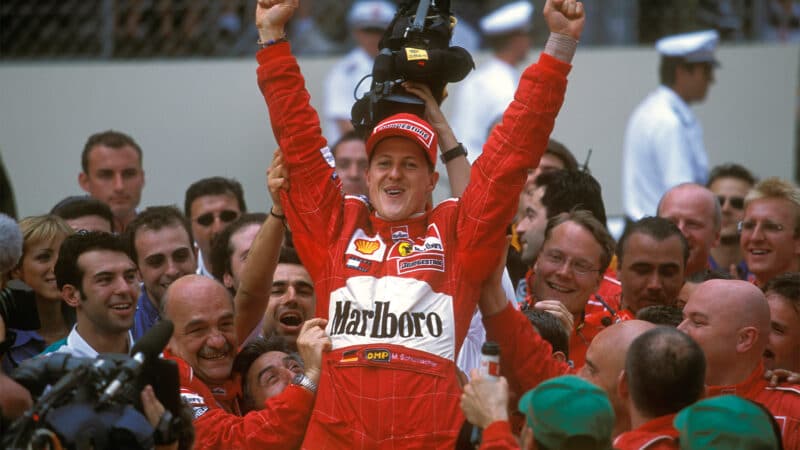
Michael Schumacher, similar to Lauda, helped galvanise Ferrari and bring back the good times
Grand Prix Photo
Much like Lauda before him, Michael Schumacher came into a Ferrari team that was at a low ebb. Unlike the Austrian, Schumacher was on top of the world before he arrived.
Fresh from two F1 titles with Benetton where driver and team were quite clearly the class of the field, the German moved over to Italy in search of the classic ‘new challenge’. The Scuderia had been treading water for years, its 640 in the hands of Nigel Mansell being arguably the last time it had a car really capable of challenging for the title. Alain Prost, in contrast, would take an inferior car to the championship fight.
